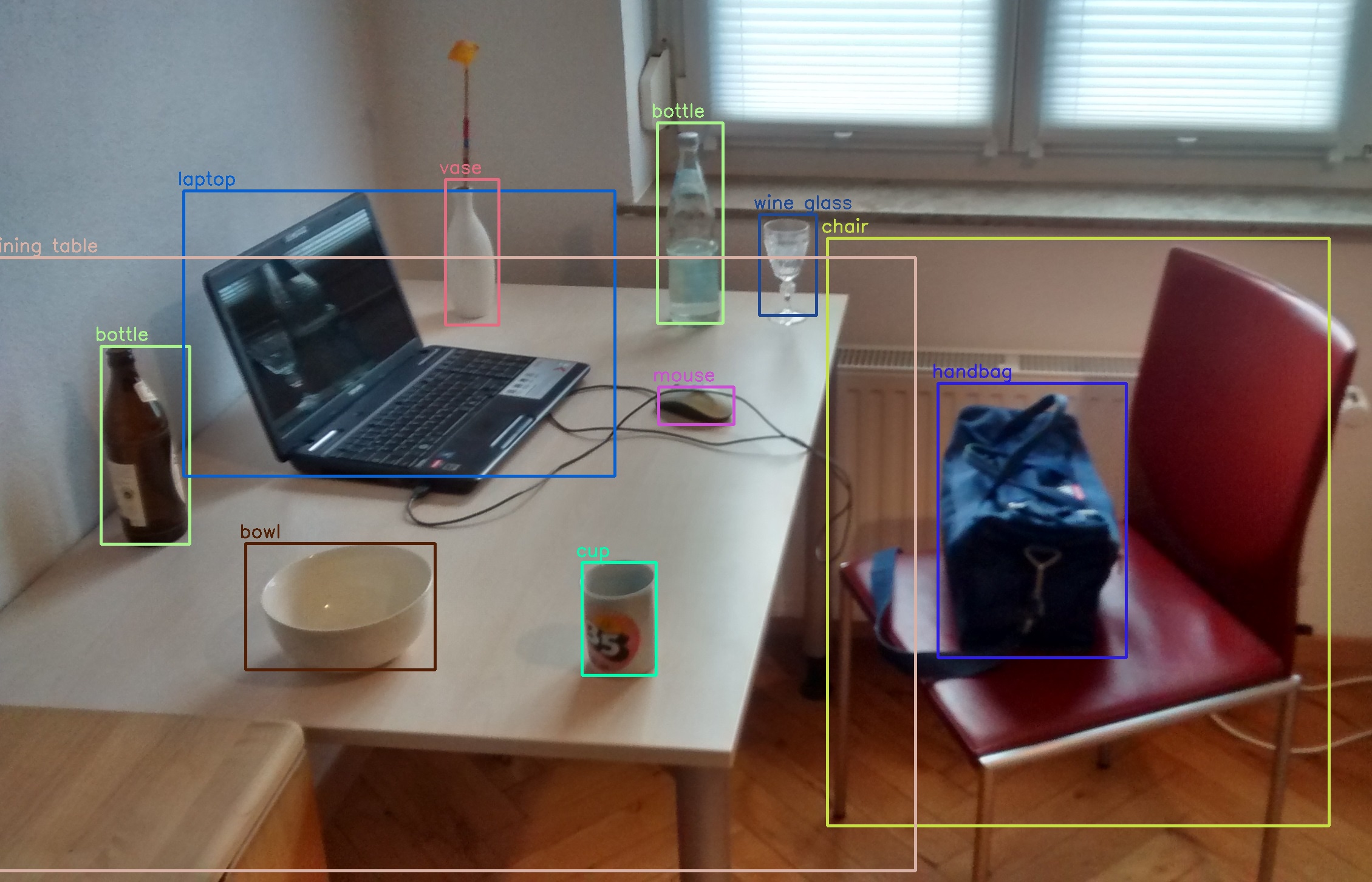Hi, I'm Rakshitha Ailneni.
A
Self-driven, passionate and highly-motivated PhD student with love for Natural language Processing and Deep Learning.
About
I am a PhD student at the University of Texas, Dallas advised by Dr. Sanda Harabagiu. My research interests are in the fields of Natural Language Processing and Deep Learning. To be specific, I'm interested in Multimodal Prompting, Reasoning and AI for social good.I always strive to bring 100% to the work I do.
- Languages: Python, JavaScript, C, HTML/CSS
- Libraries: NumPy, Pandas, OpenCV
- Frameworks:Keras, TensorFlow, PyTorch
- Tools & Technologies: Git, Docker, AWS, JIRA
Quote I try to live by: 'I have loved the stars too fondly to be fearful of the night.'
Experience
- Worked with wide variety of customers on AI/ML projects in US, Latin America, Nigeria, and India.
- Developed models for ESP failure prediction. For early detection, auto-regression (with LSTM) is used with inputs such as intake temperature, discharge pressure, motor temperature, and current values at previous timesteps to predict the value of current in the future. In the case of imminent failure detection, unsupervised learning approach (Isolation forest) is leveraged to detect anomaly points in a day.
- Implemented MultiRocket and neural fuzzy logic frameworks for time series classification.
- Tools: Python, AWS, Keras
- Working to create a knowledge graph (ClimateKB) containing causes and effects of climate change.
- Causality detection is done using a BERT model which is fine-tuned on SemEval datasets.
- Base entity mentions and the casual relationship between entities are extracted from cause-effect sentences.
- Automatic knowledge base completion techniques leveraging the knowledge present in large language models (like in COMET) are explored.
- Tools: Python, Protege, Pytorch
Projects & Publications
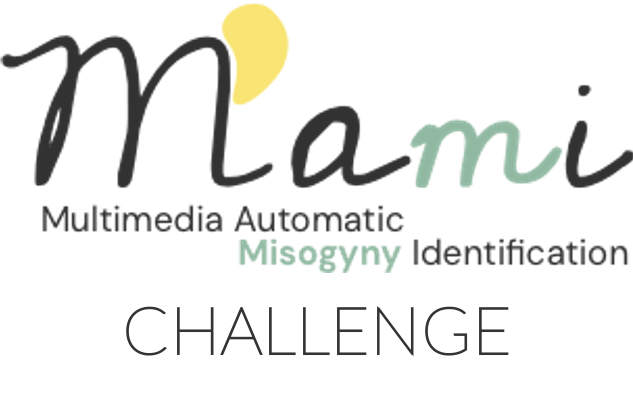
Transformer-based models for Meme Classification
- Women are frequently targeted online with hate speech and misogyny using tweets, memes, and other forms of communication. Our paper describes the system for Task 5 of SemEval-2022: Multimedia Automatic Misogyny Identification (MAMI).
- We participated in both the sub-tasks, where we used transformer-based architecture to combine features of images and text. We explore models with multi-modal pre-training (VisualBERT) and text-based pre-training (MMBT) while drawing comparative results.
- The official evaluation ranked our system 3rd out of 83 teams on the binary classification task (Sub-task A) with an F1 score of 0.761, and 7th out of 48 teams on the multi-label classification task (Sub-task B) with an F1 score of 0.705.

Ensemble of Tuned Transformer-based Models for PCL Detection
- Patronizing behavior is a subtle form of bullying and when directed towards vulnerable communities, it can arise inequalities. Our paper describes the system for Task 4 of SemEval-2022: Patronizing and Condescending Language Detection (PCL).
- We participated in both the sub-tasks and conducted extensive experiments to analyze the effects of data augmentation and loss functions used, to tackle the problem of class imbalance. We explore whether large transformer-based models can capture the intricacies associated with PCL detection.
- Our solution consists of an ensemble of the RoBERTa model which is further trained on external data and other language models such as XLNeT, Ernie-2.0, and BERT. We also present the results of several problem transformation techniques such as Classifier Chains, Label Powerset, and Binary relevance for multi-label classification.
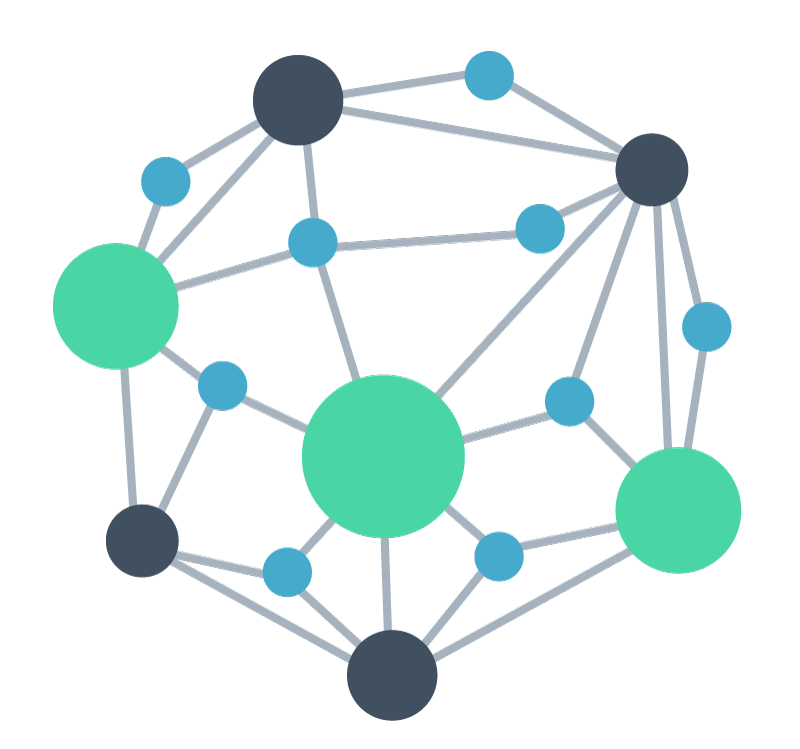
Construction of knowledge graph with contributions from NLP research papers.
- Tools:Python, Pandas, Spacy, Keras
- Classify sentences from a research paper into contribution and non-contribution categories with the help of a LSTM model.
- Scientific entities and relational cue phrases extraction.
- Triple formation with the help of OpenIE framework.
- Classification of triples into various information units such as model, baseline, dataset, etc.

Generative Adversarial Networks for the generation of Microscopic data
- Tools:Python, Keras, OpenCV, ImageJ
- Uses image translation networks like Pix2Pix to generate label-specific microscopic images.
- Dataset has a binary mask and the corresponding textured image for each category.
- Generation of 3D images from 2D networks by using indiviudal z-slices of an image.
- Modification of StarGAN framework to improve the textural range of fake images,

A prototype of self-driving car using CNNs and Image processing techniques.
- In the image processing approach, the real-time image is processed and image processing techniques such as thresholding, centroid detection, etc. are applied to detect the lane and predict trajectory.
- In Learning based approach, using open source machine learning libraries, the system is trained on a manually curated dataset, so that it is capable of identifying and extracting lanes in real-time from an unseen environment.
- The output of the above two approaches is converted into steering angle which is given to a RC car to follow a lane in real-time.

A framework to find the saliency map of an image.
Skills
Languages
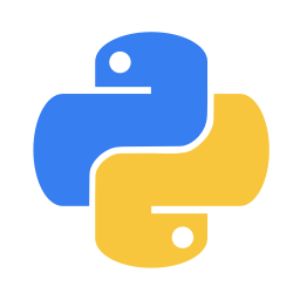 Python
Python
 HTML5
HTML5
 CSS3
CSS3
 C
C
 JavaScript
JavaScript
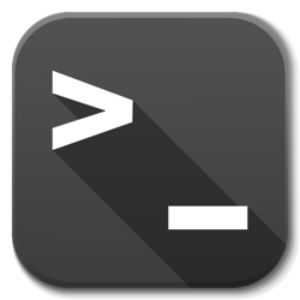 Shell Scripting
Shell Scripting
Libraries
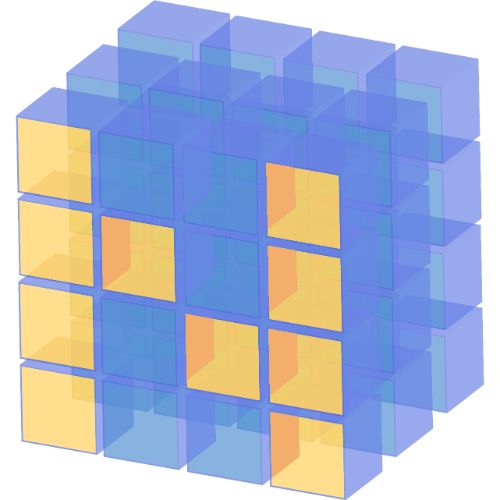 NumPy
NumPy
 Pandas
Pandas
 OpenCV
OpenCV
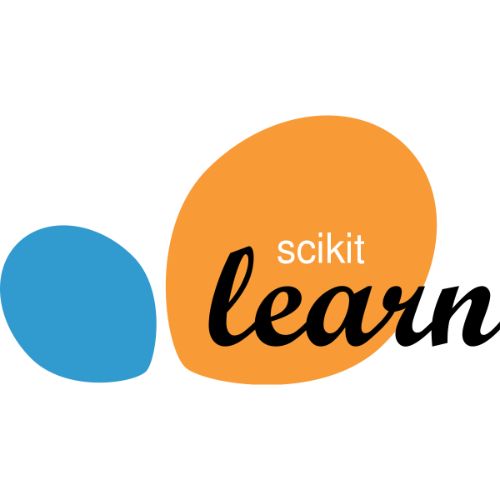 scikit-learn
scikit-learn
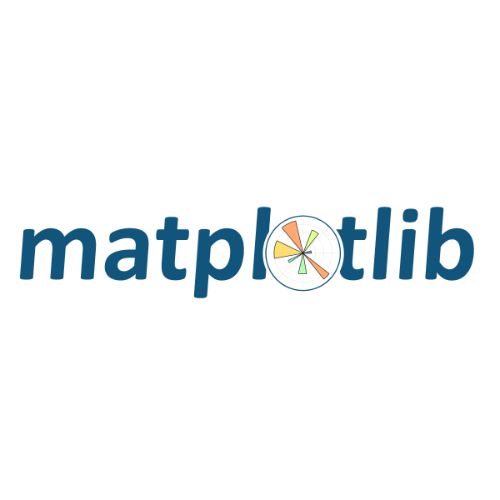 matplotlib
matplotlib
Frameworks
 Keras
Keras
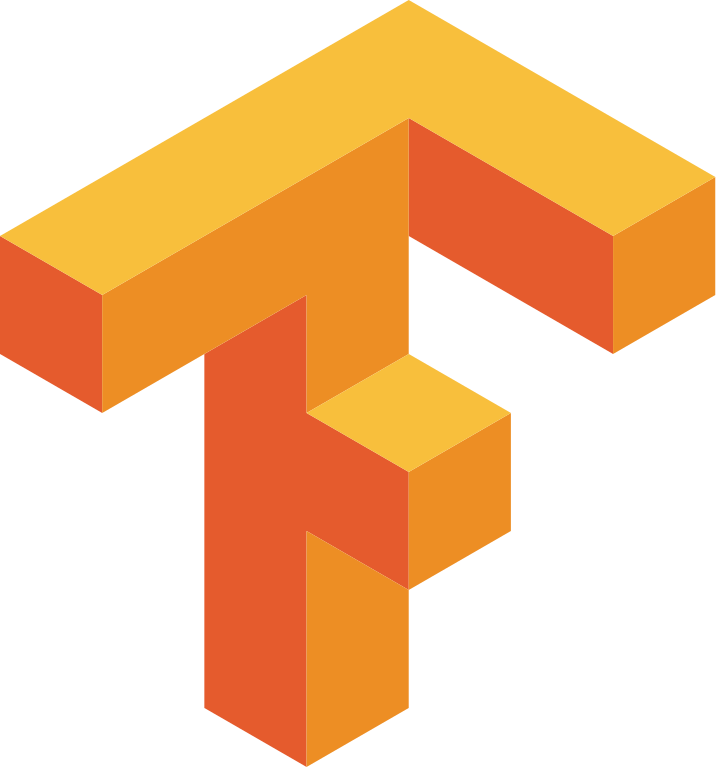 TensorFlow
TensorFlow
 PyTorch
PyTorch
Other
 Git
Git
 AWS
AWS
 MATLAB
MATLAB
Education
Richardson, Texas
Degree: PhD in Computer Science
CGPA: 3.77/4
- Operating Systems
- Database Design
- Information Retrieval
- Data Structures
- Discrete Structures
Relevant Coursework:
Gujarat, India
Degree: Master of Technology in Electrical & Electronics Engineering
CGPA: 9.0/10
- Natural Language Processing
- Computer Vision
- Design of Experiments
- Mathematical Methods in Engineering
- Advanced Numerical Methods in Engineering
Relevant Coursework:
Visvesvaraya National Institute Of Technology
Maharastra, India
Degree: Bachelor of Technology in Electrical & Electronics Engineering
CGPA: 7.79/10
- Data Structures and Algorithms
- Calculus
- Linear Algebra
- Industrial Automation
Relevant Coursework:


